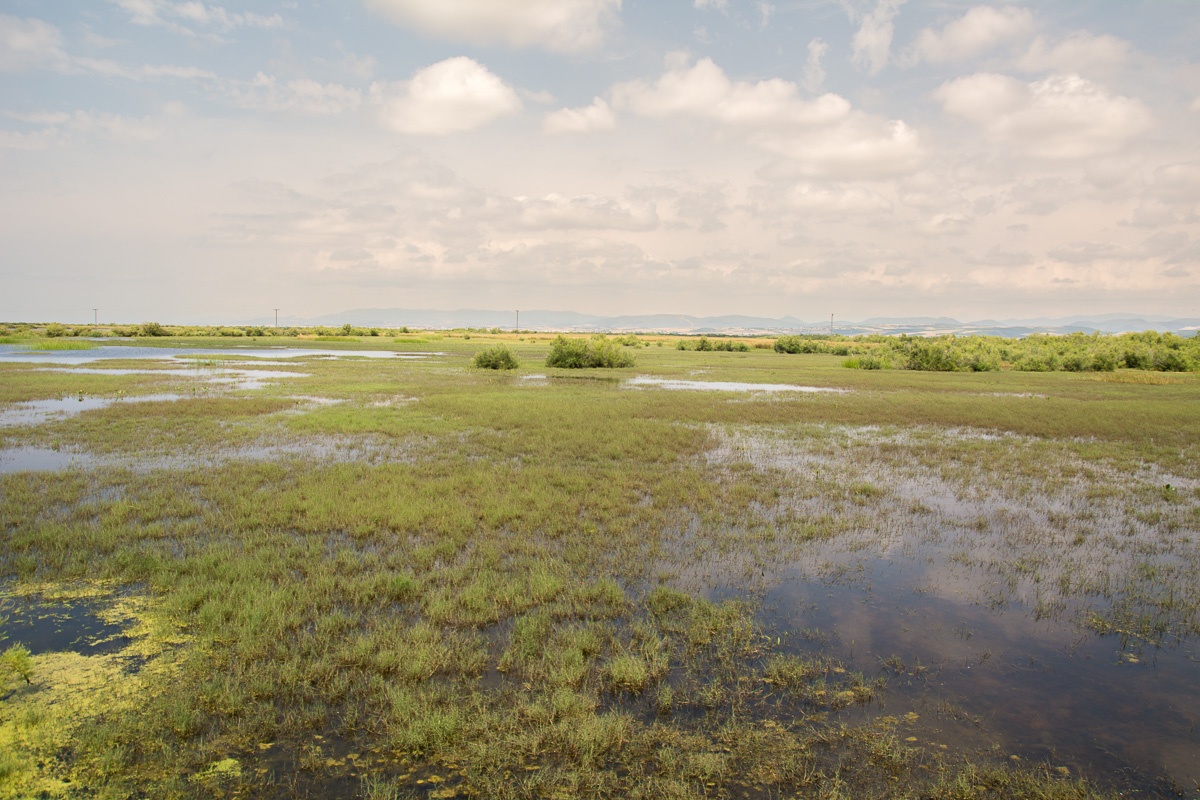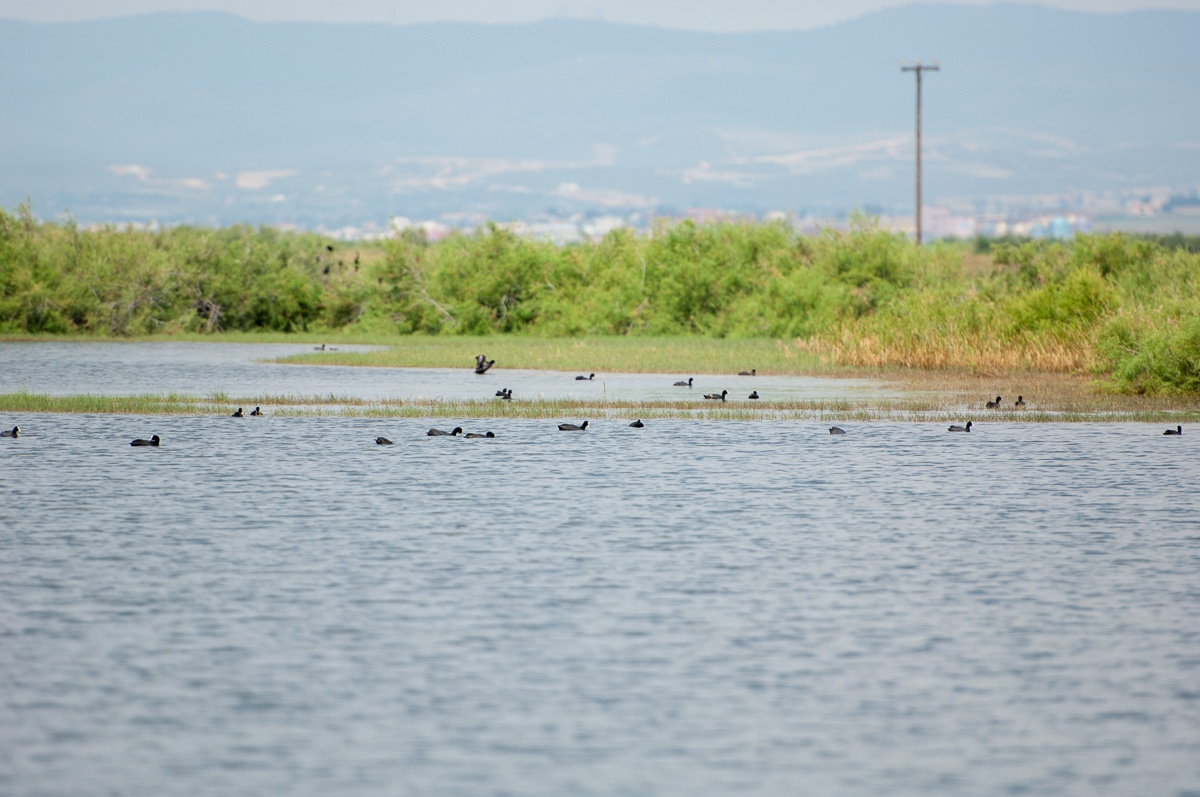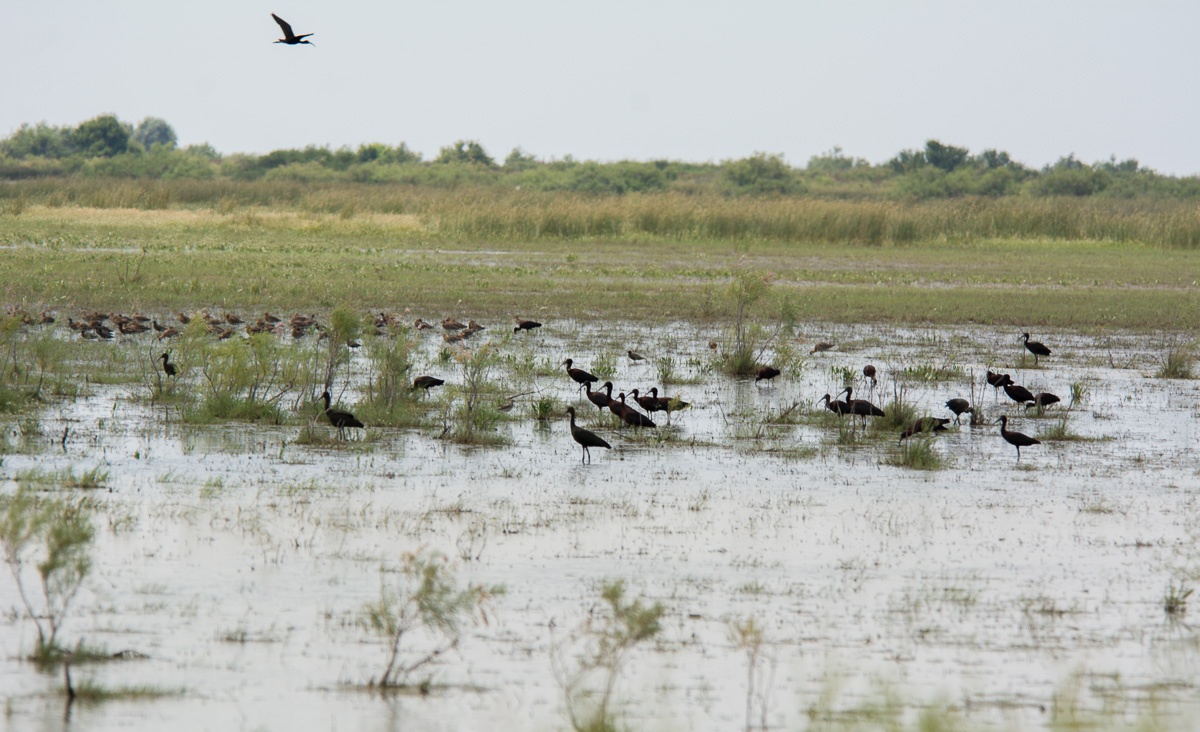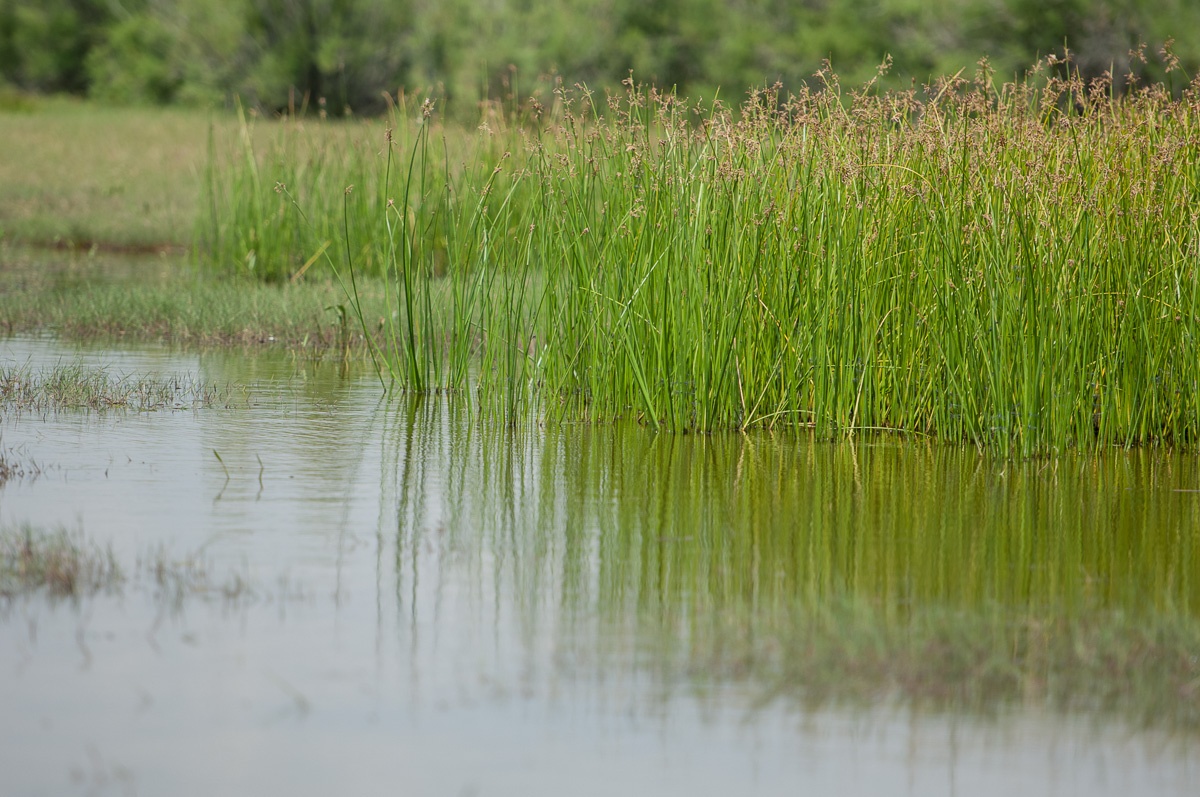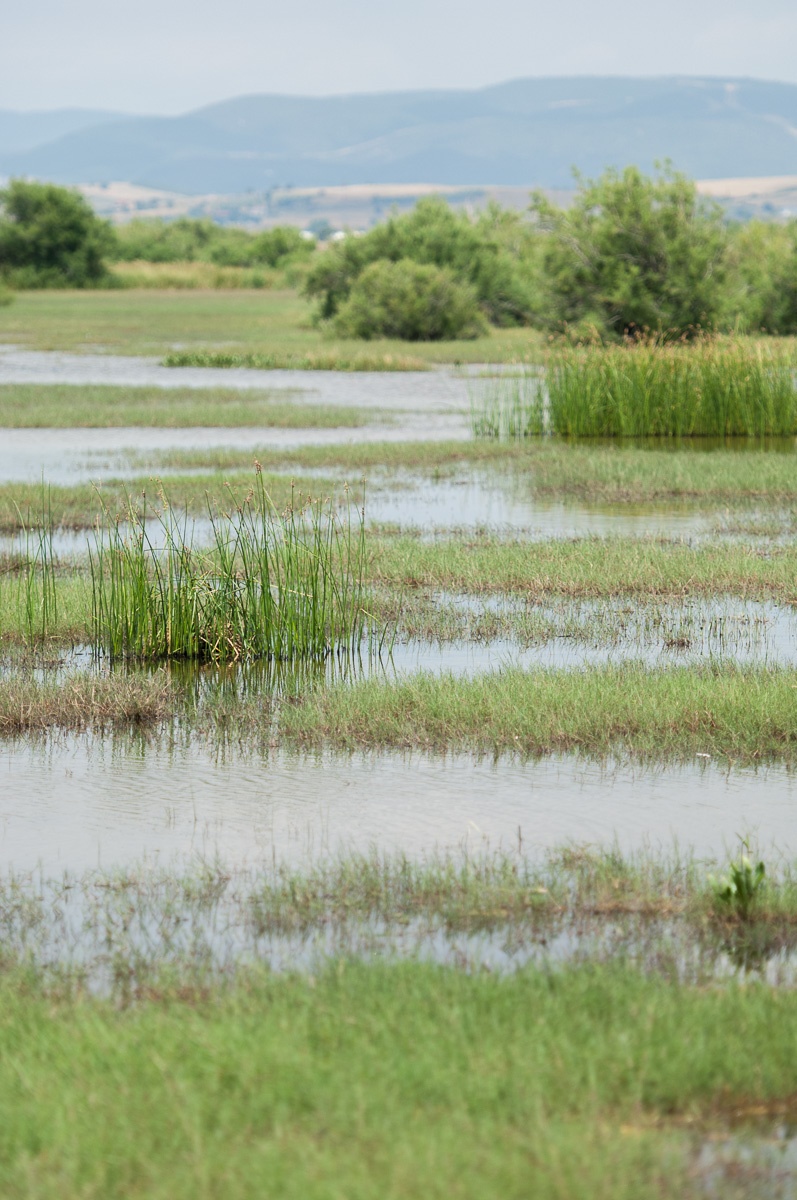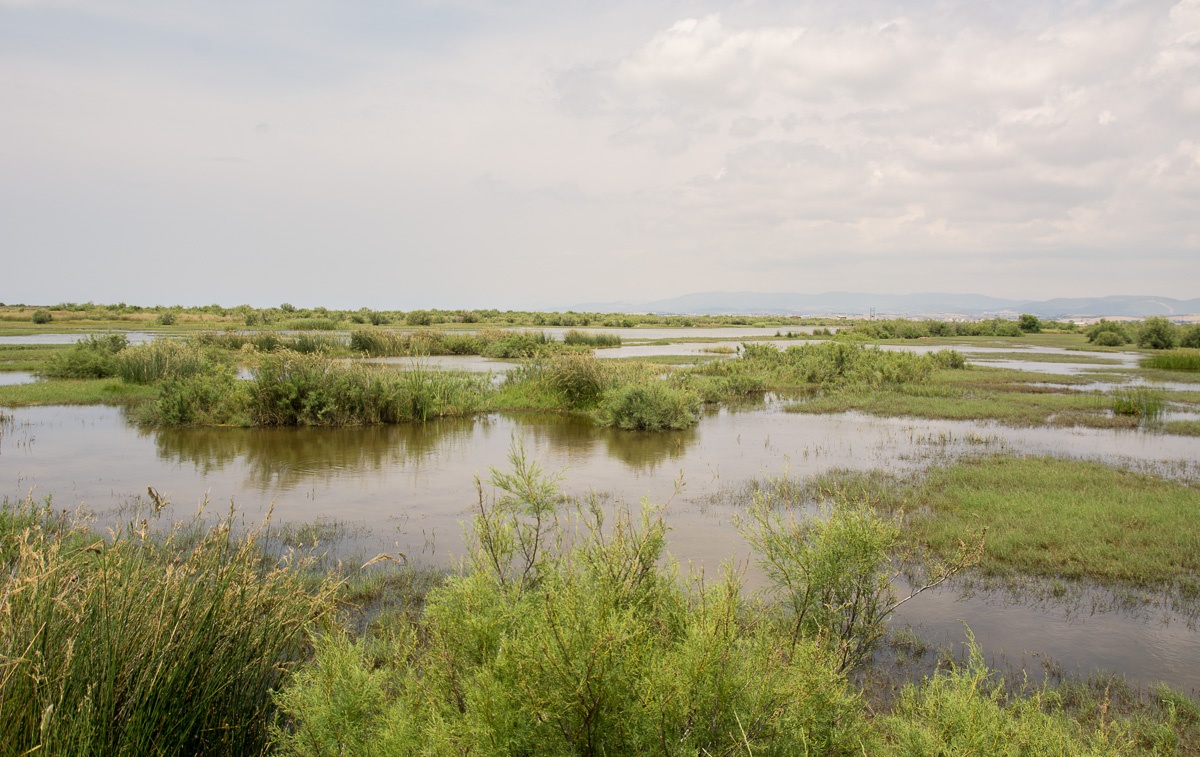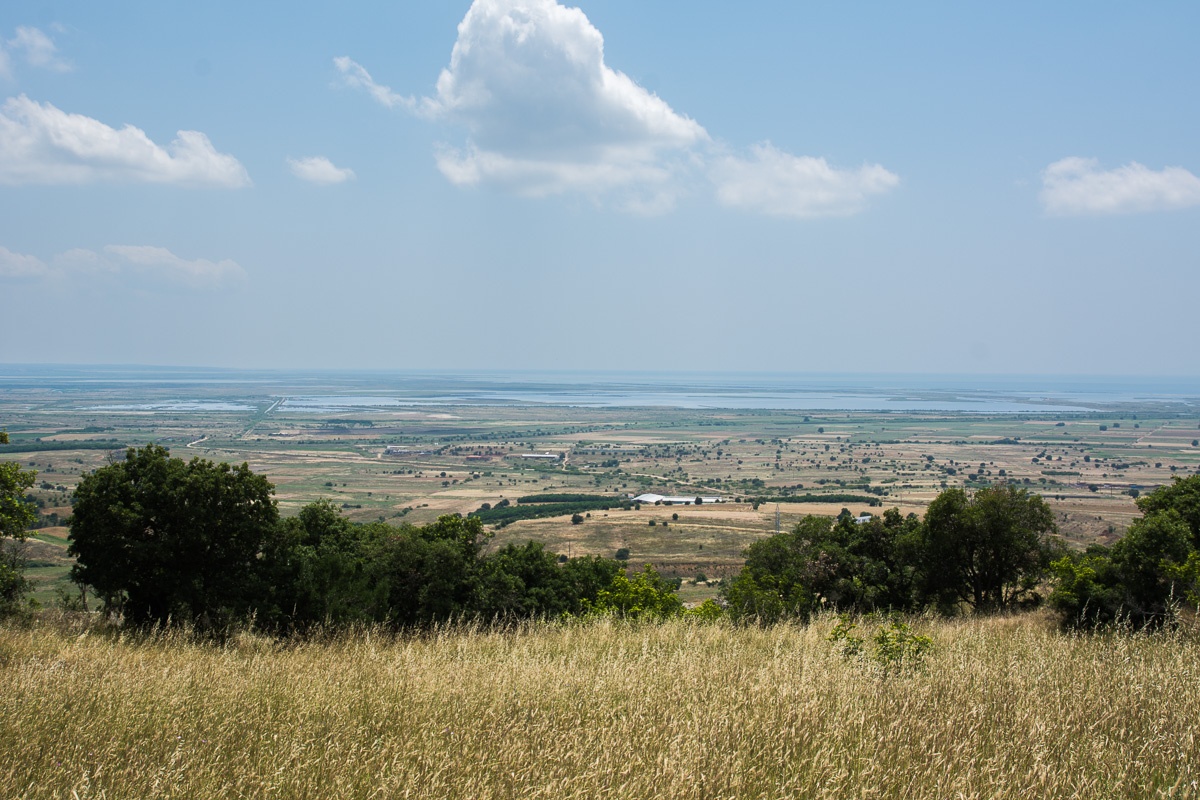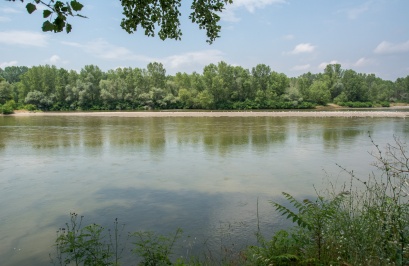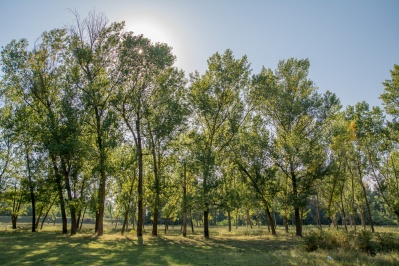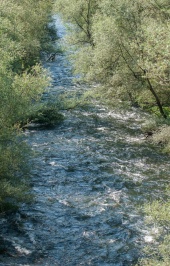-
Destinații (current)
-
Orașe
- Xanthi
- Drama
-
Insule

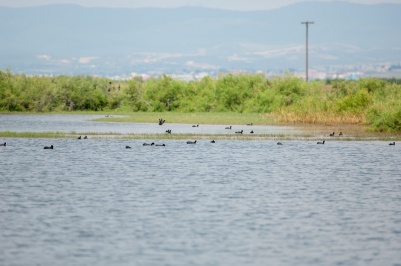
Evros Delta
Mulțumin pentru votul dvs.Ați votat deja.The Evros Delta, is one of the most important ecosystems in Europe and it has been recognized as an international wetland (Convention of Ramsar, 1971). It is a protected area and game reserve, where there live or hibernate many rare or endangered species. Delta, with a total area of 111,937 square kilometers, it was formed from the debris and the interaction of fresh water flowing from Evros with ocean currents. Similarly, in the double mouth of Evros in Thrace Sea there are formed (...)small islets (Asanas, Asanas Xera, boats Xiradi), dunes, lagoons (Drana, Laki, Monolimni, Paloukia), freshwater lakes (Nymphs, Tsekouri, Skepi, Spitia, Gunaika) , marshes, and swamps of saltwater and brackish water. The favorable geographical position of Delta relative to the axes of bird migration and the relatively mild climate of the area and inaccessible to humans and isolated areas are the key factors that created the ideal conditions for the establishment of many species of fauna. They have recorded 46 species of fish, 7 species of amphibians, 21 species of reptiles and more than 40 species of mammals. However, more important is the rich avifauna met in the area: 316 bird species of 422 in Greece. The ecosystem of the delta operates as natural nesting habitat and food for many species (herons, flamingos, cormorants, gulls, swans, Lesser White Fronted Goose, Red-, predators, etc.) and shelter for large numbers of aquatic birds from the northern regions of Central and Eastern Europe in the winter. Furthermore, it is a vital pool and rest large numbers of migratory birds during their journeys to the southern regions. Populations range from 30,000 to 150,000 people, although in recent years they do not exceed the 50 thousand to 60 thousand people. Regarding the flora of the region there are recorded all formal formations and vegetation types (about 350 plant species) found in a delta in the Mediterranean basin. The north eastern part of the delta, known as "flooded area" is covered by dense thickets of shrubs and trees, while along the river is formed a dense forest of poplar, willow, alder, elm and creepers. Further to the south the landscape changes and the forest gives way to a dense reedbeds lake Nymphs and other freshwater lakes. The riverine forests constitute formations with special ecological value, as their existence is crucial for the regulation of water resources and land management. In brackish waters of lagoons, canals and freshwater in all water basins along the Evros river is developed the most important wetland vegetation, which is divided into three categories: 1. Vegetation composed of completely submerged aquatic plants, 2. Vegetation composed of rooted or non-bottom species with floating leaves or flowers on the surface of the water, usually in shallower waters, such as water lilies, water chestnuts, etc.,3. Vegetation which is characterized by plant communities reed and consists mainly of semi-submersible types as wild cane, straw etc. The latter has greater importance for bird life in the area. Increasing the salinity of the water, uncontrolled and illegal hunting, overgrazing, drainage and burning reedbeds constitute threats to the wetland.
 Vezi totRâuri
Vezi totRâuriNestos Delta
The Nestos Delta occupies a large area in the southern part >>>Evros River
Evros River, the natural border between Greece and Bulgaria >>>Nestos River
River Nestos shows two areas which are protected by >>>Kosynthos river area
The river Kosynthos or else "Tsagi", flows only within the >>>Municipal Tourist Kiosk of Feres
At the Municipal Tourist Kiosk in Feres you can get useful >>>
-
Orașe






